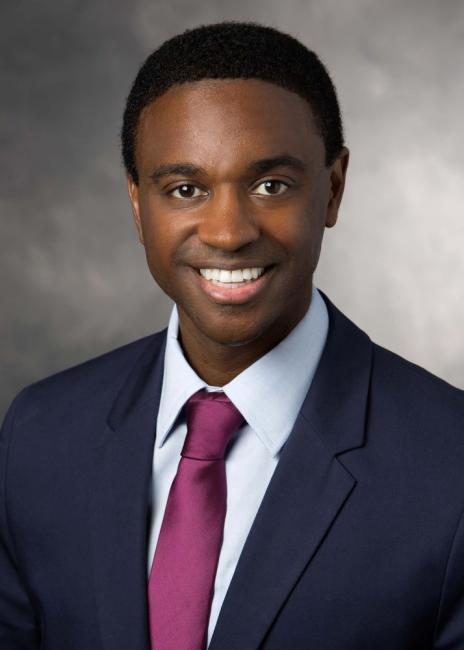Seminar on "Manipulation of Interfacial Properties at Micro/Nano Length Scales"
Events | Mechanical Engineering
Seminar on "Manipulation of Interfacial Properties at Micro/Nano Length Scales"
March 7, 2016 2:00 AM

Speaker
Dr. Damena Agonafer, Mechanical Engineering Department, Stanford University
Location
ESB 2001
Type
Seminar
Development of hierarchical microstructures for tuning substrate wettability is useful for several applications including micro/power electronics, water desalination, and electrochemical energy storage. Recently, two-phase microfluidic devices have demonstrated the use of porous membrane structures for venting vapor bubbles from unobstructed flow channels in order to separate the liquid-vapor phases for mitigation of flow instabilities and subsequent pressure drop. These devices used water as a working fluid with relatively conventional hydrophobic treatments and media, which can retain liquid at high working pressures (i.e., exhibit high bursting pressures) while keeping the porous membrane dry. However, for certain application such as electronics cooling, it is desirable to use dielectric liquids. Highly wetting liquids, including dielectrics, have low surface energies and infinitesimal contact angles (~0°) for all substrates of interest, that makes it challenging to successfully produce convex menisci that are necessary to produce positive Laplace pressures. I will talk about the development of phase-separating membranes for retaining low surface tension liquids. This talk will also address development of nanoporous materials for selectively screening ions through conductive Nano-Array-Capillary-Membranes (NCAMs). Results show the selectivity of charged analytes through NCAMs can be improved by functionalizing the surface with self-assembled monolayers (SAM).
The talk will conclude with future work that explores the limits of thin-film evaporative cooling using phase-separating membranes. In addition, I will discuss about optimal design and fabrication of 3D hierarchical nanoporous materials for increasing energy density for electric double layer capacitors used for extraction of free energy solutions.
Bio: Damena received his Ph.D. in Mechanical Science and Engineering from the University of Illinois at Urbana-Champaign in 2012. As a PhD candidate, Damena was the recipient of the Alfred P. Sloan fellowship award. His research interest includes the areas of phase routing strategies for chemical separation and phase change heat transfer processes, and electrochemical storage applications. Damena is currently a Postdoctoral Scholar in the Mechanical engineering department at Stanford University working in Professor Ken Goodson’s Nanoheat lab. As a Postdoc, he has been working on phase separation for low surface energy liquids utilizing engineered porous media for extreme heat transfer applications.